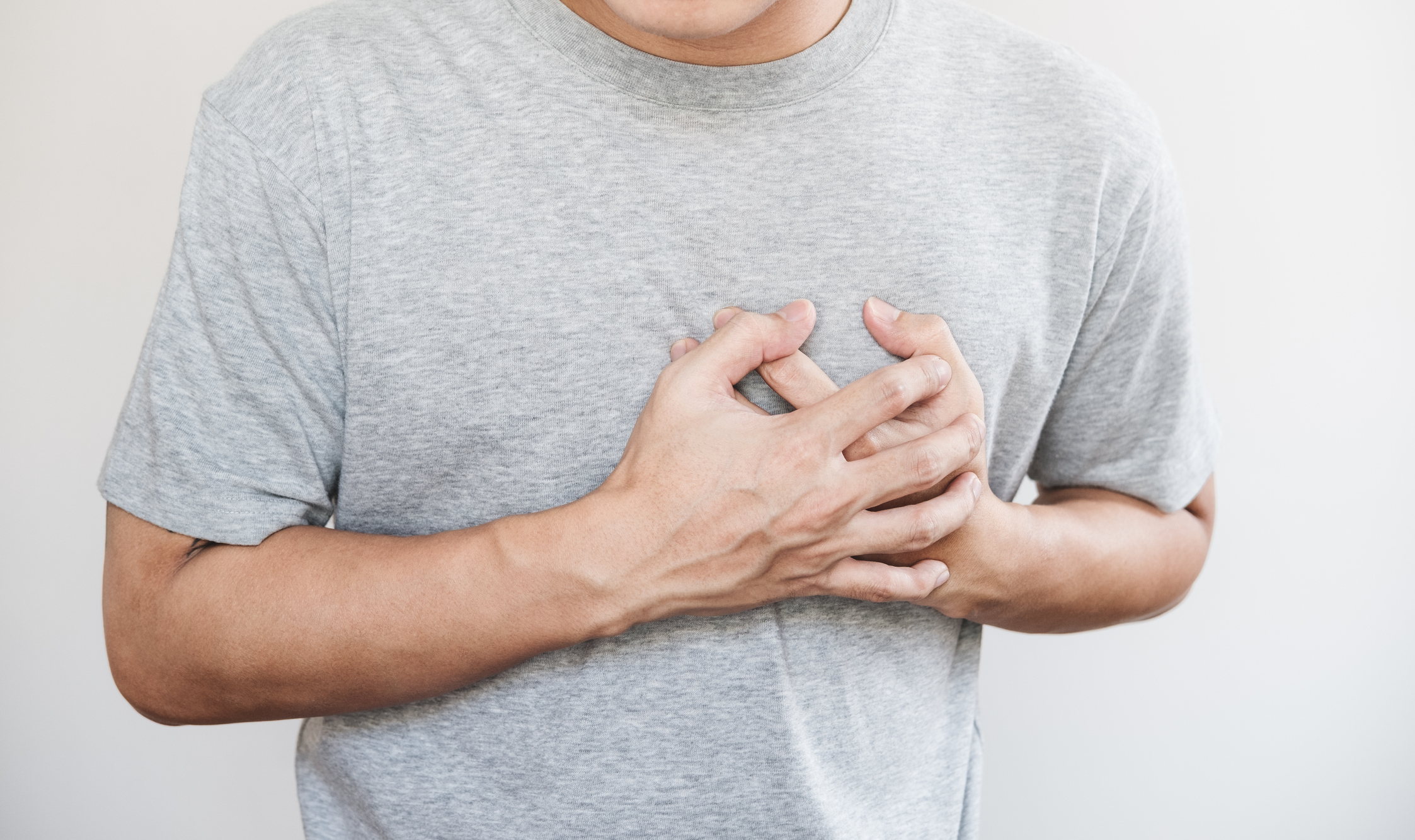
Widowed and divorced men are at higher risk of dying from serious heart conditions than women in the same situation, researchers say.
Experts found that men whose wives had died were 11% more likely to die from a heart attack than women who had lost their husbands.
Similarly, widowed men were 10% more likely to die from heart failure and 13% more likely to die if they suffered an irregular heartbeat (atrial fibrillation) than women in the same position.
Meanwhile, divorced men with an irregular heartbeat were 14% more likely to die than divorced women, the study found.
Among married people with an irregular heartbeat, men had a 6% higher risk of dying than women.
But single men appeared to be more likely to survive, with single men with heart failure having a 13% reduced risk of death compared with single women.
The study follows previous work which found that being married may improve the chances of surviving a heart attack, especially for women.
The new research examined more than 1.8 million people who were admitted to hospitals in the North of England with a heart attack, heart failure or atrial fibrillation between 2000 and 2014, with an average follow-up of 14 years.
It was carried out by experts at Aston University, Birmingham, and was presented at the British Cardiovascular Society (BCS) conference in Manchester.
Dr Ranjit More, consultant cardiologist at Blackpool Teaching Hospitals NHS Trust and co-author of the study, said: “These gender differences we are seeing could be due to men and women having different levels of support, or willingness to seek support.
“By identifying which groups of people have the worst outcomes, we can then push for healthcare professionals to encourage those people to become involved in group therapy and ensure they have adequate support networks in place to help deal with these serious, chronic medical conditions.”
Professor Metin Avkiran, associate medical director at the British Heart Foundation (BHF), said: “Heart attack, atrial fibrillation and heart failure can all cut life short.”

Enjoy the convenience of having The Sunday Post delivered as a digital ePaper straight to your smartphone, tablet or computer.
Subscribe for only £5.49 a month and enjoy all the benefits of the printed paper as a digital replica.
Subscribe